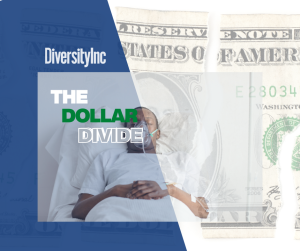The financial data on retirement for women reveals that they face far more challenges than men when it comes to preparing for their golden years.
Although women on average live longer and therefore require more retirement money, statistics show they typically retire with less money than men, in part because they spend their careers making less money than men.
It’s even tougher on working moms who have made childcare expenses and spending time with their children a priority for most of their adult lives. The COVID-19 pandemic further complicated the situation, requiring many mothers to leave the workforce because of inadequate childcare options or the ability to work remotely in their job.


















